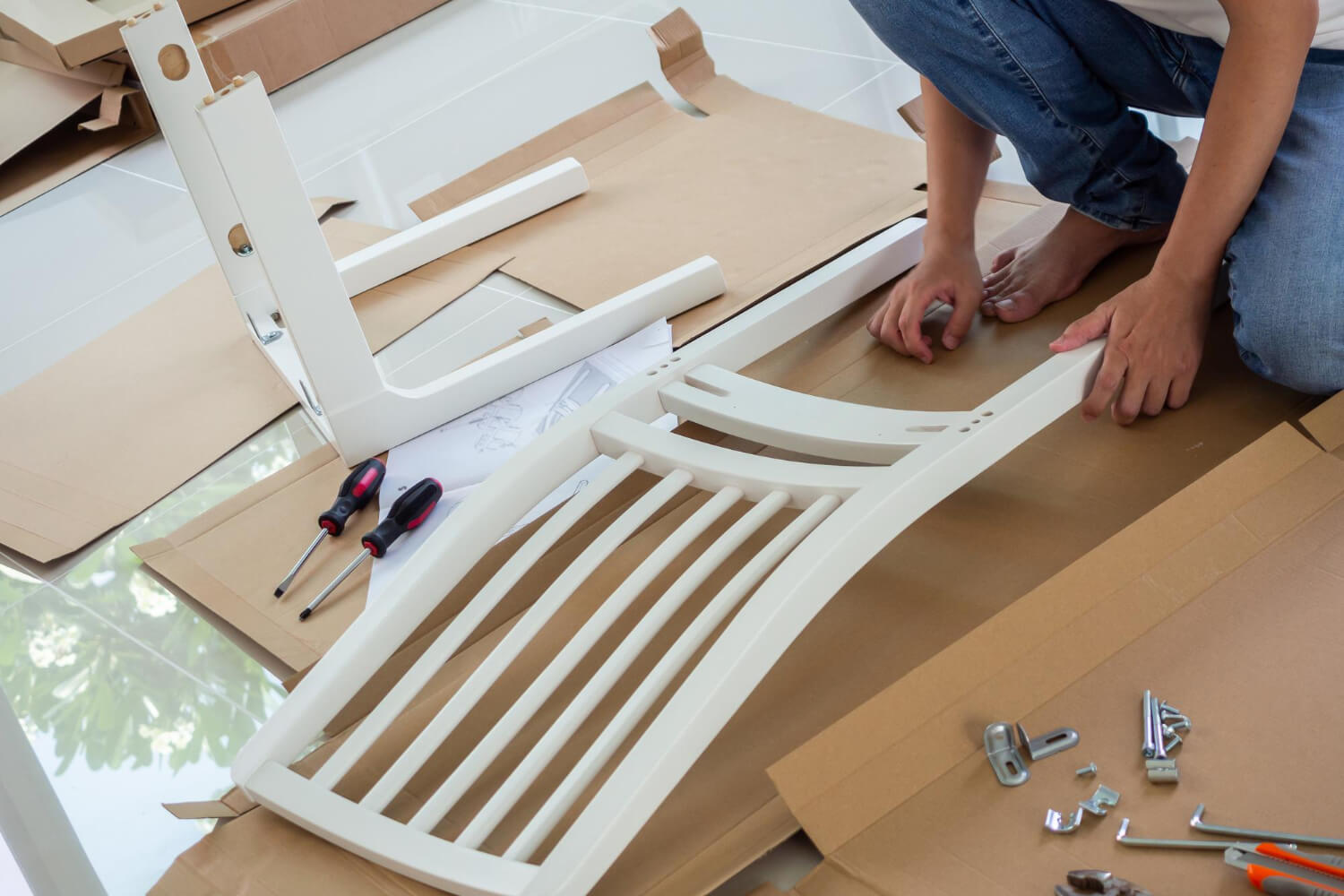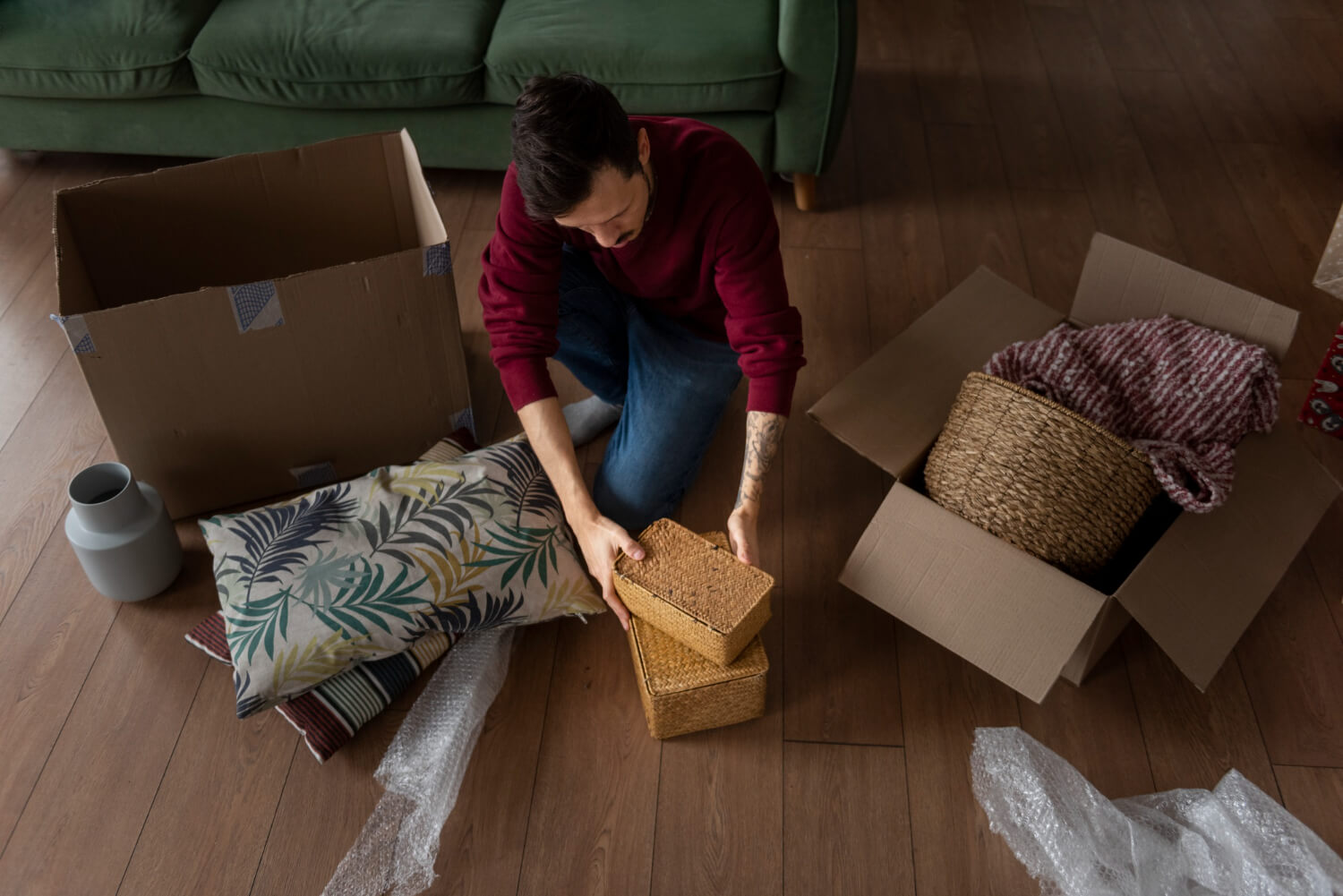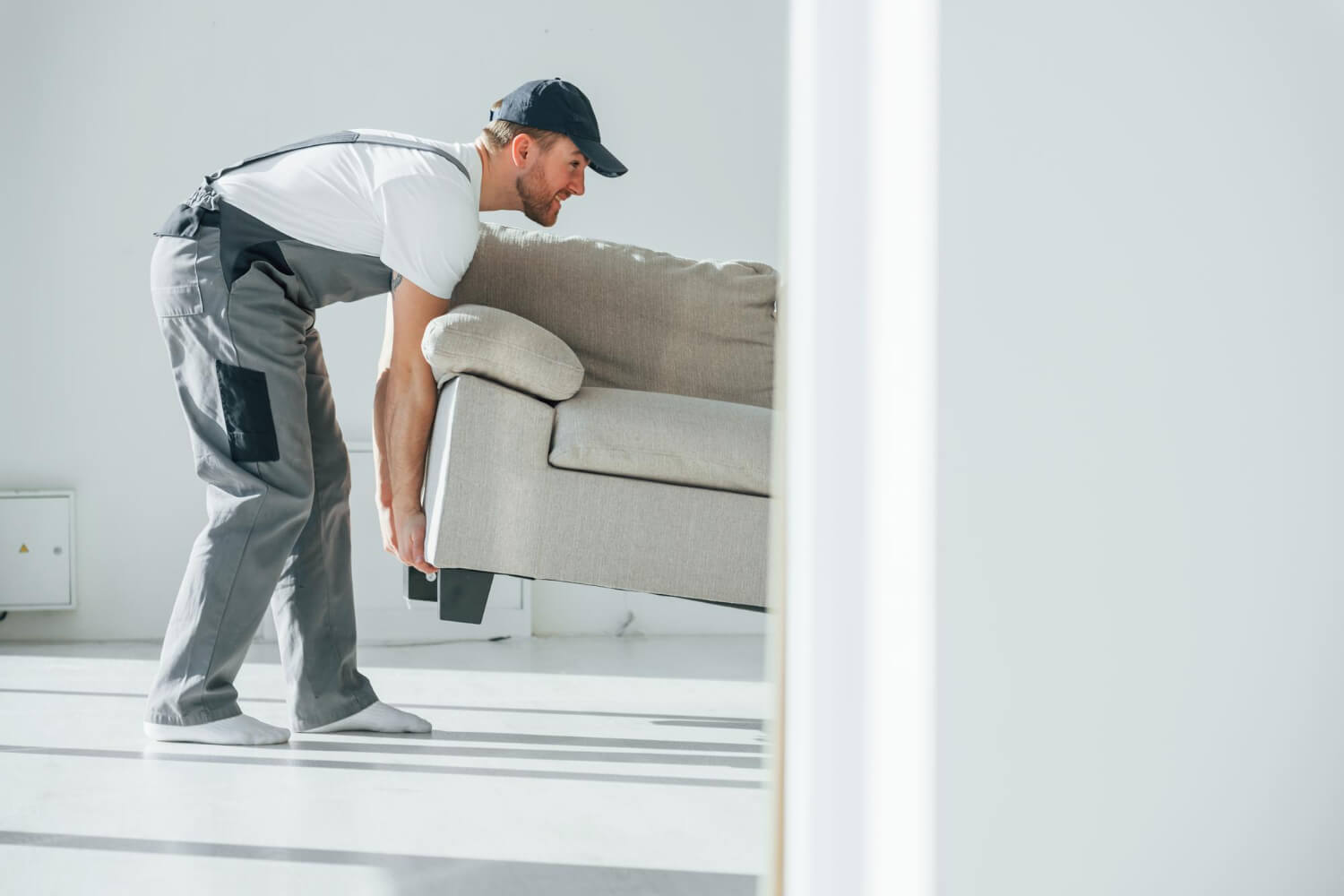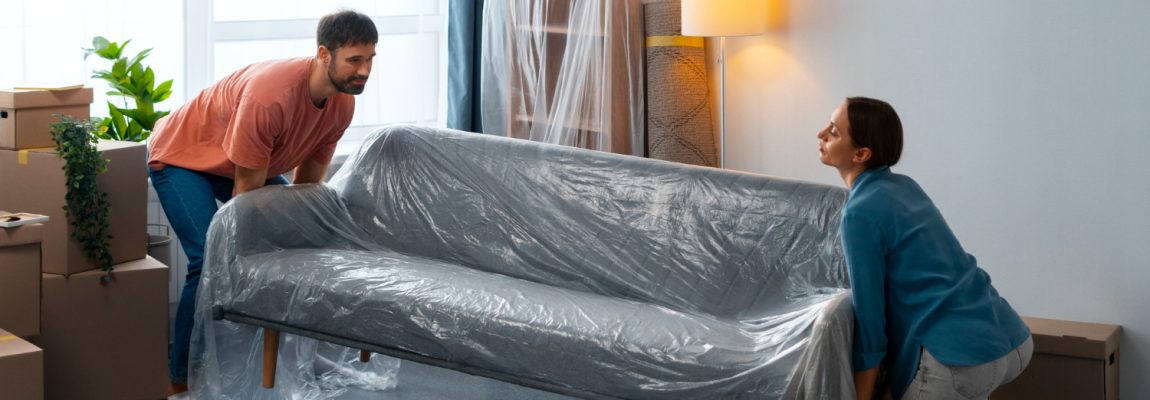Table of Contents
It is crucial to ensure the protection of your valuable furniture items while moving or relocating your property, avoiding the risk of potential damages and scratches during transportation. You must keep some important considerations and tips in mind for the safe transportation of all valuable possessions, preventing costly replacements.
This guide covers some important considerations and additional tips that help protect your furniture items during the moving process.
Important Considerations for Protecting Furniture Items
-
Furniture Preparation
It is essential to prepare all the furniture parts by removing contaminants, debris, and dust from them before packing. You can use a clean and dry microfiber cloth for wiping the furniture items’ surfaces and scrapping off loose particles before packing and securing them in bubble wraps. Moreover, you should remove the knobs of cabinets, drawers, or shelves before packing them. This practice helps in avoiding unwanted damages and scratches while furniture items are transported.


-
Furniture Disassembly
You should disassemble furniture items in a proper methodological manner for packing them in moving boxes tightly, allowing quick identification once they are transported to your desired destination. This stage involves taking out drawers from a chest and wrapping them individually, taking modular sofas apart, removing tables’ legs, and disassembling bed frames.
The bolts, nuts, and screws should be properly secured in labelled plastic bags to avoid misplacement. When you disassemble, pack, and store all parts of furniture correctly, the removal process becomes much more convenient. It also reduces the chances of potential damages due to jerks and shocks during transit.
-
Safe Packing
Safe packing of all furniture items is necessary to safeguard them from potential damage and scratches. You can use different types of packing supplies, such as bubble wrap, moving blankets, ridged cardboard sheets, sealable plastic bags, sofa and rug covers, etc. By using packing materials, you provide an additional protection layer to furniture items to save them from the impacts of mishandling and ensure their safety.
You can use bubble wrap to provide an additional protective layer against damages and mishandling, and sofa and rug covers to keep your furniture clean and safe from scratches. Small accessories and parts should be stored in sealable plastic to prevent their loss and allow easy identification. Moreover, ridged cardboard sheets should be placed between furniture parts to ensure stability and minimise the breakage risk.
-
Strategic Placement
The strategic placement of packed boxes containing furniture items is significant to avoid all kinds of damage. Strategic placement of furniture items refers to their arrangement in such a way that contributes towards withstanding jerks and shocks during transit. For this purpose, there should be enough support at the backend of the moving van to provide the required support while loading furniture items.
You should ensure heavy boxes are placed on the loading van’s floor and lighter items are stacked on top of them. Upholstered furniture should be secured in space with the help of a strap and proper wrapping around it. You can also place an extra layer of moving blanket for ensured security of all parts. In the end, the furniture should be unloaded in a systematic way to avoid any damage to any part of your valuable possessions.


Additional Tips
The following are some of the expert tips that further help you ensure safe packing and transportation of different furniture items to your desired location:
- Label the boxes in which fragile items are packed so that they can be handled with great care.
- Use extra tape at the seams of boxes when in doubt, and avoid over-packing the boxes.
- Ensure the packing boxes are strong enough to hold the weight of items being packed in them.
- Pack heavier items at the bottom in boxes and arrange smaller items on top by wrapping all of them.
- Use bubble wrap for safeguarding delicate small items, including decorative objects, kitchen utensils, etc, during loading, transportation, and unloading.
- Use exclusively designed kraft paper to add a moisture and oil-resistant layer between furniture items.
Concluding Remarks
You need to employ the right techniques to make the furniture moving process stress-free with reduced time consumption. When you invest more time in the preparation stage, the next stages become comparatively easier with ensured protection and safe transportation of all furniture items.
